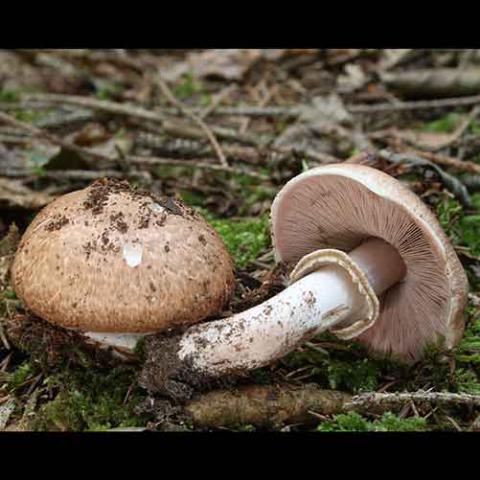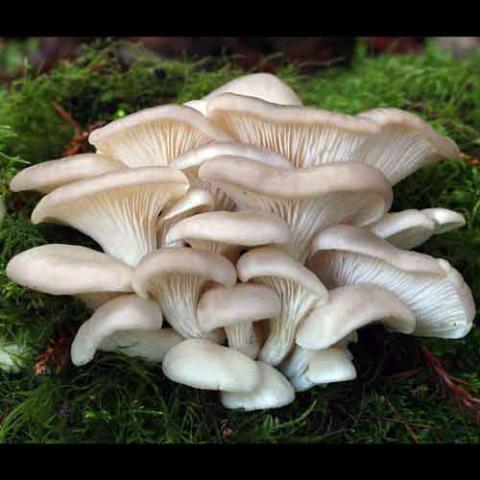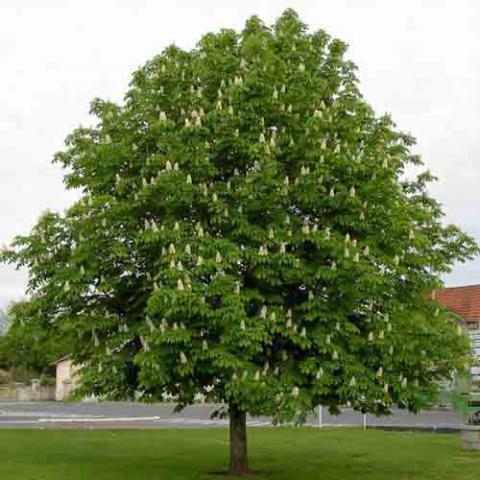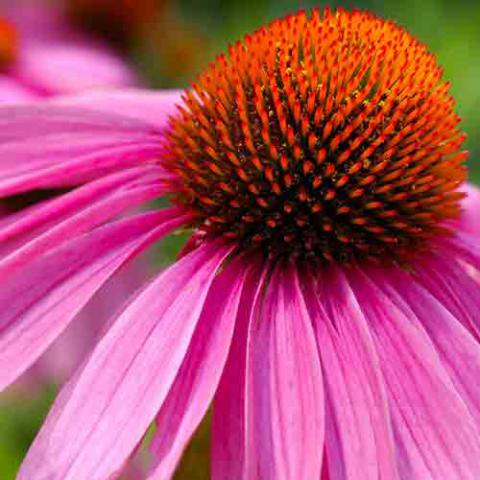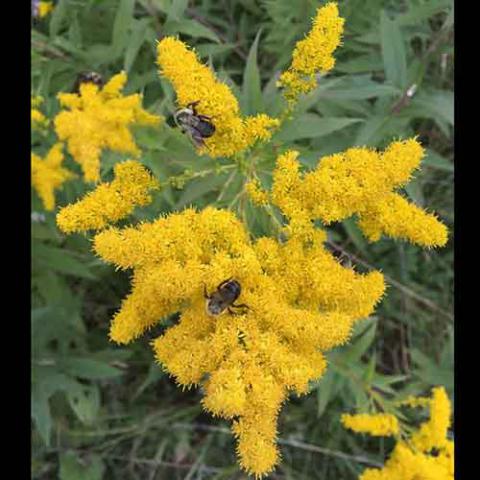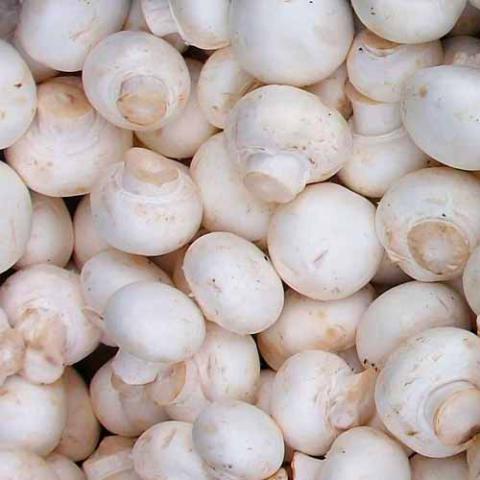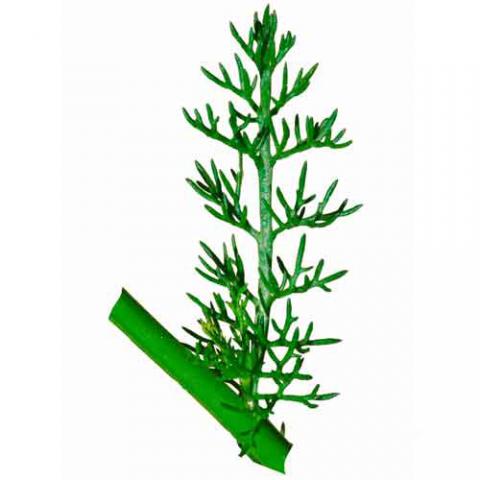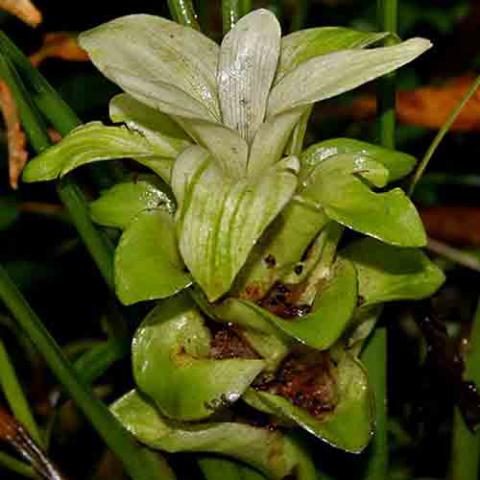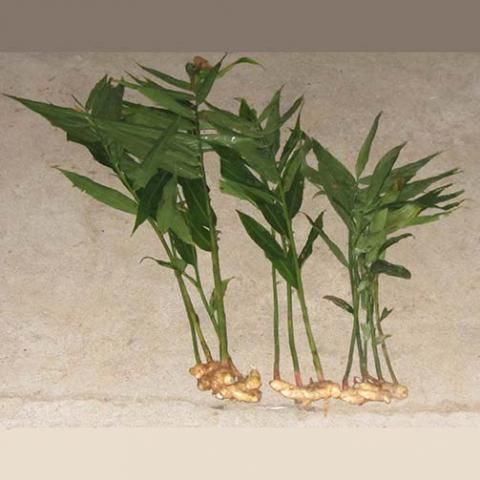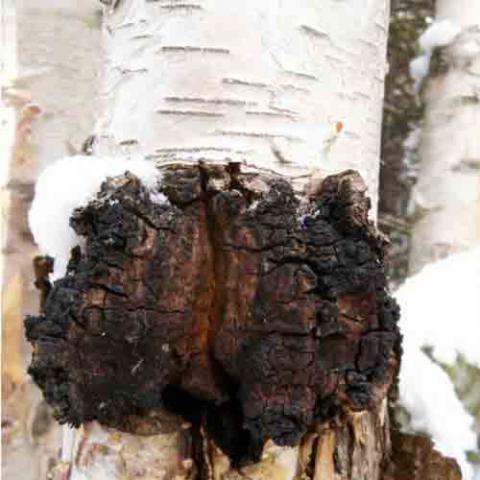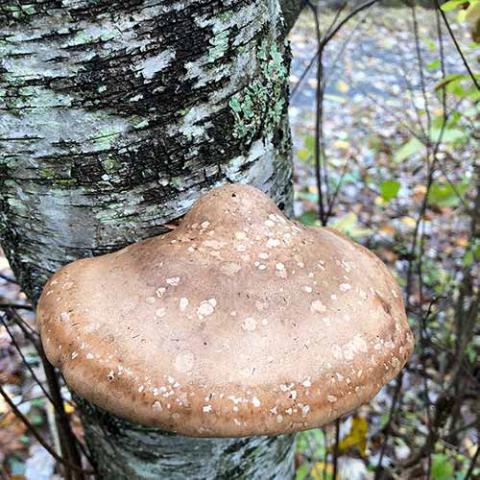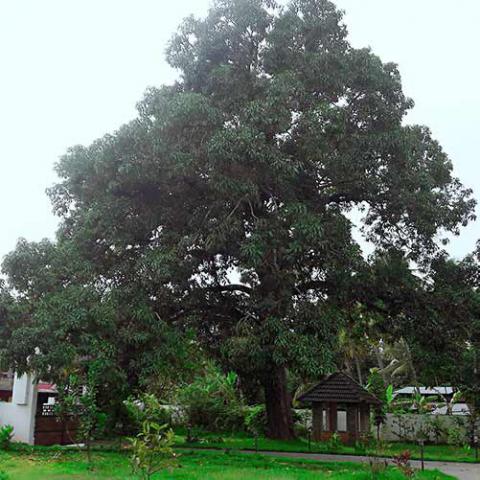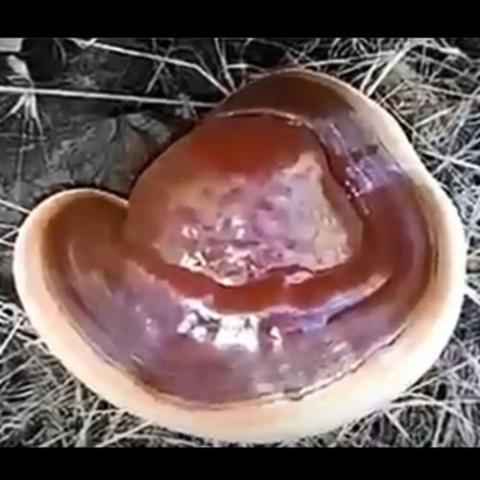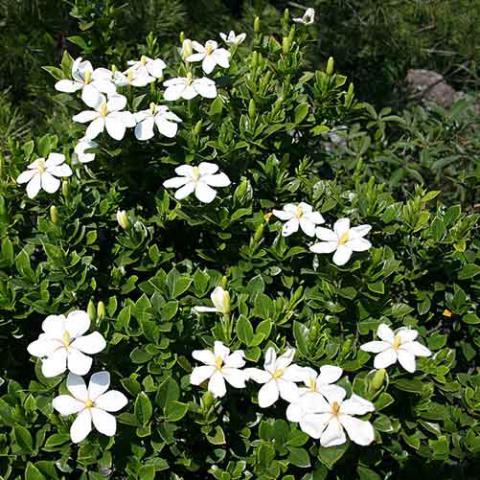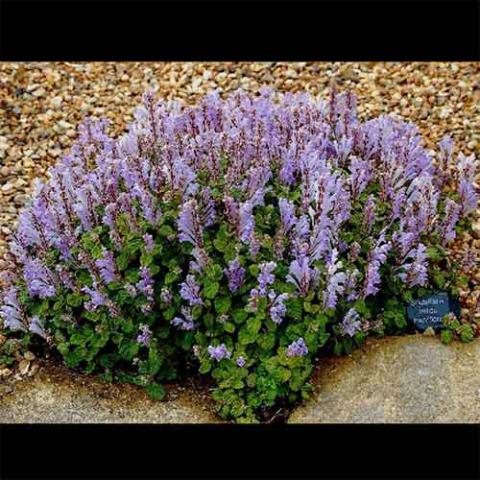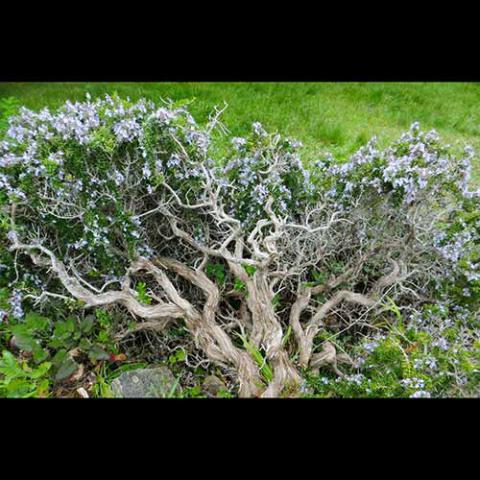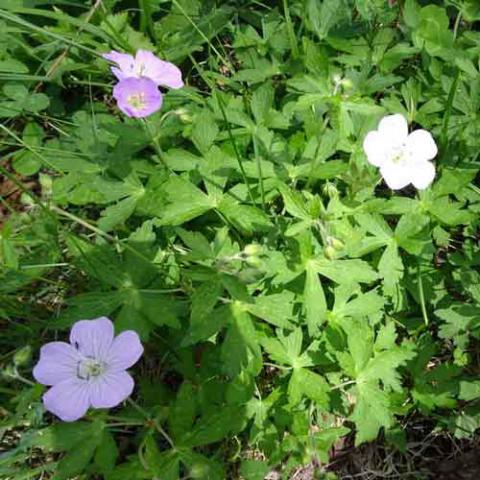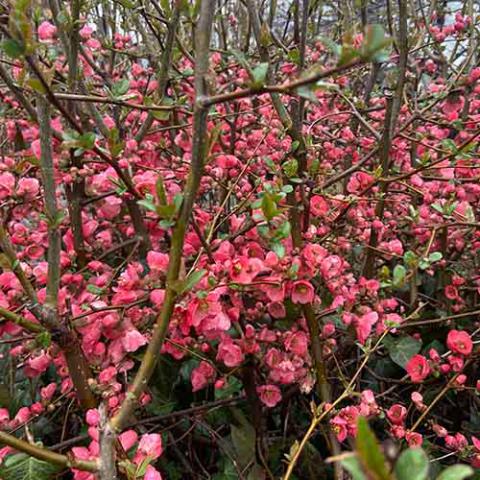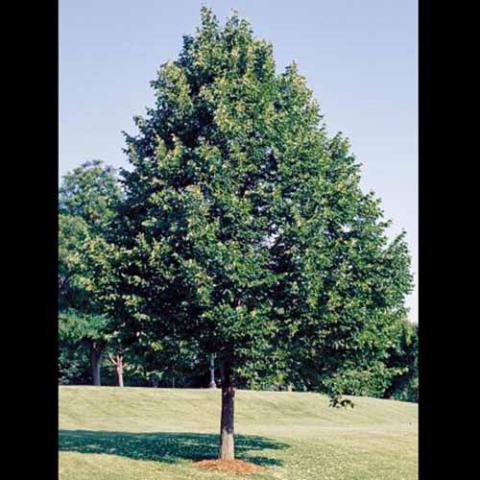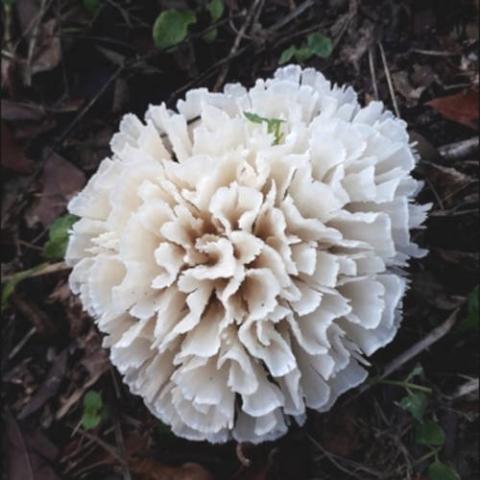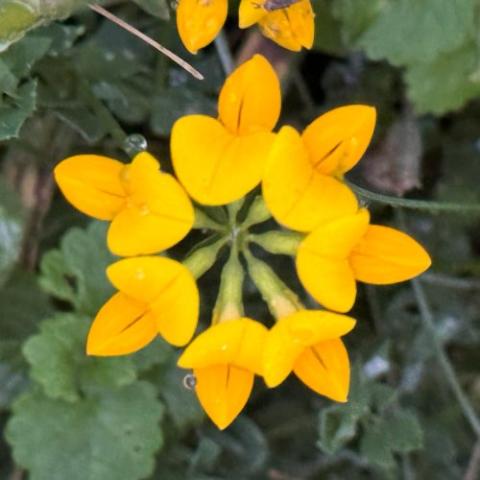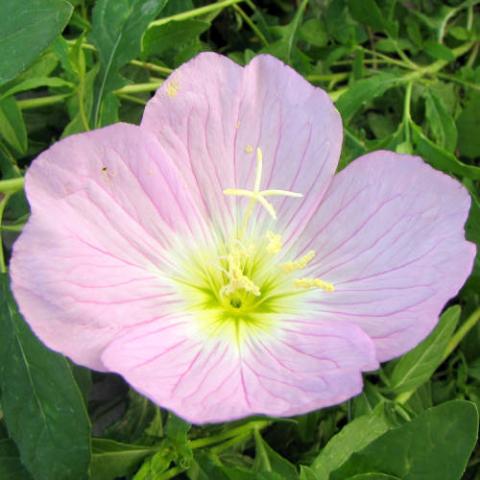Therapeutic: Anti-inflammatory
What is an Anti-inflammatory?
As the name implies, these herbs help the body to control inflammation. However, the symptomatic alleviation of inflammation employed by pharmaceuticals is rarely the same mechanism by which these remedies act.
Inflammation is a normal and healthy body response to infections or systemic issues of many varieties. The cardinal signs of inflammation (swelling, heat, redness, loss of function & pain) all serve eliminative purposes and meaningful immune system responses. Over time the inflammatory reaction will bring about necessary changes to heal and restore health to the area affected. Modern medicine is conditioned to react to inflammation as something that should be quickly and completely smothered. Herbal remedies offer us the possibility of achieving a balance between the complex chemical mediators involved and working with the body rather than against it.
Demulcents, Emollients and Vulneraries will often act in an anti-inflammatory way, especially when applied externally.
How Anti-inflammatories Work
Herbs can reduce inflammation in a number of different ways. It’s important to note that these herbs will rarely inhibit the natural inflammation process, instead they support and encourage the chemical mediators involved. This aids the body with the cleansing work it’s already doing, thereby speeding the healing process.
Herbal anti-inflammatories can be broadly placed in groups according to the way in which they work. While some identified plant constituents have been shown to have an anti-inflammatory effect, the overall action of these plants is so much more than any specific chemical, however the following summarizes some major anti-inflammatory constituents:
Sulphur (Rubefacients):
- Allium cepa (Onion)
- Allium sativa (Garlic)
- Brassica niger / alba (Black/white mustard)
Resins
- Boswellia serrata (Frankincense)
- Bryonia dioica/alba (White bryony)
- Capsicum frutescens (Cayenne)
- Guaiacum officinalis (Lignum-vitae)
- Zingiber officinale (Ginger)
Salicylates: Are natural chemicals found in a large range of plants. Note: Aspirin was originally isolated from these plant sources as an anti-inflammatory compound
- Betula alba (Silver birch)
- Filipendula ulmaria (Meadowsweet)
- Gaultheria procumbens (Wintergreen)
- Populus spp. (Poplar)
- Salix spp (Willow)
- Viburnum opulus (Cramp bark)
- Viburnum prunifolium (Black haw)
Steroidal saponins:
- Dioscorea villosa (Wild yam)
- Smilax sp. (Sarsaparilla)
- Trigonella foenum-graecum (Fenugreek)
Triterpenoid saponins:
- Glycyrrhiza glabra (Licorice)
- Calendula off. (Marigold)
- Panax ginseng (Ginseng)
Essential fatty acids:
- Borago officinalis (Borage seed)
- Oenothera biennis (Evening primrose seed)
- Ribes niger (Black currant seed)
Volatile oils:
- Achillea millefolium (Yarrow)
- Matricara recutita (Chamomile)
- Cinnamonum zeylanicum (Cinnamon)
- Curcuma longa (Turmeric)
- Rosmarinus officinalis (Rosemary)
- Zingiber officinale (Ginger)
Flavonoids:
- Vaccinium macrocarpon (Cranberry)
- Vaccinium myrtillus (Bilberry/Blueberry)
- Crataegus oxycantha (Hawthorne)
- Rubus ideaus (Red Raspberry)
- Sambucus nigra (Elderberry)
Adapted from David Hoffman’s ‘The Herbal Handbook: A User’s Guide to Medical Herbalism” & “Medical Herbalism”
Reference:“The Naturopathic Herbalist”


